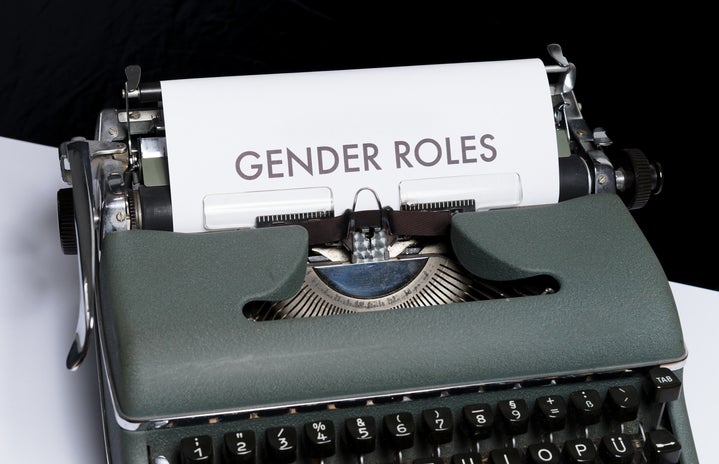In a constantly evolving world, the conversation around gender norms has become increasingly relevant. One perplexing question that continues to surface is, “Why can girls do everything ‘boys’ do, but boys can’t do things ’girls’ do without facing a negative response?” This inquiry digs deep into the societal expectations and stereotypes that shape our perceptions of gender roles.
Historically, gender norms have dictated specific roles and behaviors for individuals based on their assigned gender at birth. However, the 21st century has gradually dismantled these traditional expectations.
Despite this progress, the question remains. Why is there still a double standard for activities and interests associated with different genders?
Girls today are actively challenging traditional gender norms, participating in activities that were once considered exclusively for boys. From excelling in STEM fields to dominating sports arenas, young girls are proving they can thrive in any field they choose.
The empowerment movement has found support from influential figures. Actress Emma Watson, known for her role as Hermione Granger in the Harry Potter series, has been a vocal advocate for gender equality. She once stated, “I think it is right that socially I am afforded the same respect as men,” This sentiment echoes the aspirations of many young girls who refuse to be confined by outdated expectations.
On the flip side, boys who express interest in traditionally feminine activities often encounter societal resistance. Whether it’s a boy participating in ballet, expressing emotions openly or pursuing a career in a field dominated by women, the response is often less than supportive.
Societal expectations place a heavy burden on boys, pressuring them to conform to stereotypical masculine ideals. This pressure can have detrimental effects on their mental health, contributing to issues like toxic masculinity.
The intersection of men and makeup has recently sparked enthusiasm and controversy as traditional gender norms in the beauty industry undergo a significant transformation. While there has been a notable rise in makeup brands embracing inclusivity by featuring male ambassadors and launching products specifically catered to men, this progressive shift has been challenging. Some individuals, adhering to conventional gender expectations, have expressed disapproval and backlash towards men engaging with makeup.
Critics argue that makeup remains primarily associated with femininity and the inclusion of men in beauty campaigns challenges deeply ingrained societal norms. However, advocates for gender equality and expression celebrate this evolving landscape, asserting that makeup is a form of self-expression that should be free from gender constraints. As society grapples with these shifting examples, the clash between tradition and progress highlights the need for ongoing conversations surrounding gender and beauty standards.
Celebrities like Harry Styles, known for breaking traditional gender norms with his fashion choices, are making strides in normalizing gender-fluid expressions. Styles once remarked, “There’s so much masculinity in being vulnerable and allowing yourself to be feminine,” His bold stance challenges the restrictive nature of gender norms and inspires others to embrace authenticity.
As we navigate the complex landscape of gender expectations, it’s crucial to continue the conversation, raising awareness and fostering an environment where individuals of all genders can pursue their passions without fear of judgment. After all, actual progress lies in breaking down barriers and redefining what it means to be authentically oneself.


